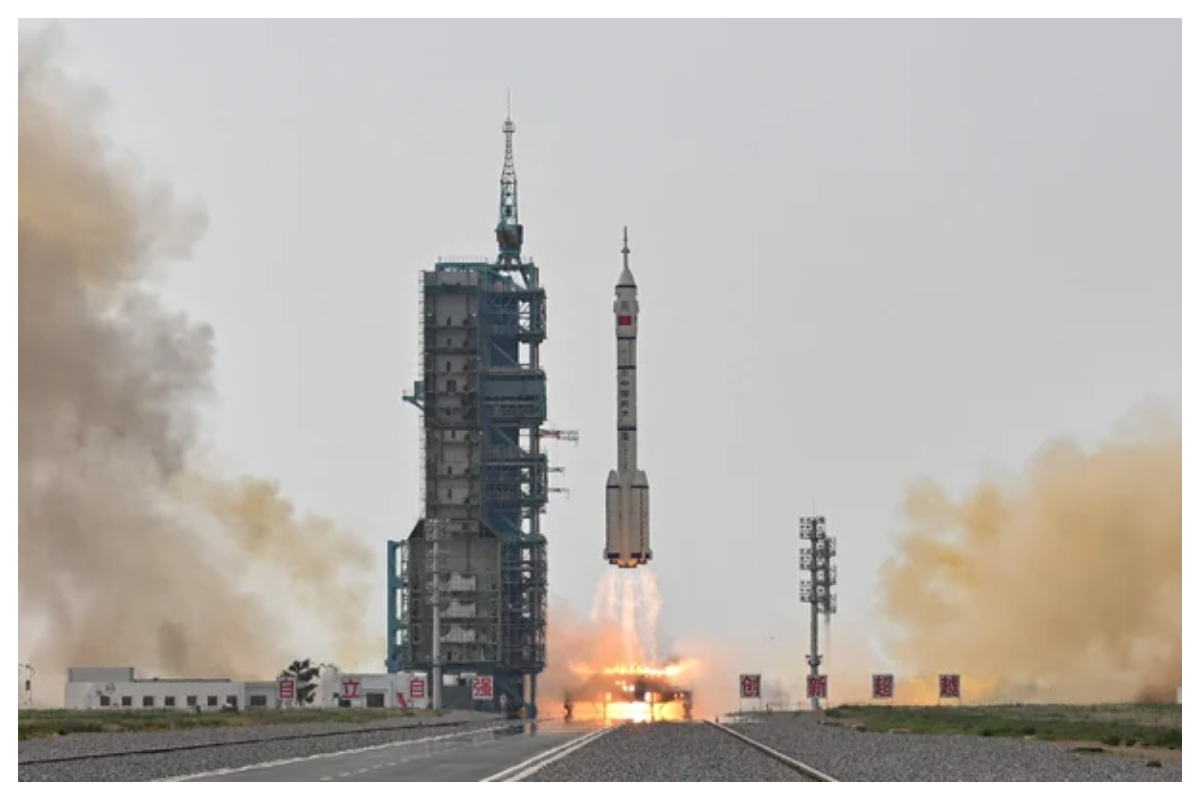- China is developing a new generation of crewed spacecraft that can carry up to seven astronauts.
- The first flights of the new spacecraft are expected to occur between 2027 and 2028.
- The return module of the new spacecraft has high heat resistance and can be reused for future missions.
Former pilot and Chinese astronaut Yang Liwei has stated that China’s next-generation crewed spacecraft will have the capacity to carry up to 7 astronauts and could embark on its maiden space voyage between 2027 and 2028. This development comes at a time of increased competition in the global space race.
China’s crewed space missions began in 2003 with Yang Liwei, a former fighter pilot, becoming the first Chinese man to venture into space aboard the Shenzhou-5, a small bronze-colored capsule. His journey made him an instant national hero, celebrated by millions.
During a talk at a Chinese university, Yang Liwei was quoted by Guangzhou Daily as saying, “In the future, a new generation of spacecraft will be utilized for crewed lunar missions, the construction of our space station, and deep-space exploration.”
According to Yang, the deputy chief designer of China’s manned spaceflight project, successful tests have been conducted on the return capsule of the next-generation spacecraft. The first flights of this spacecraft are expected to occur between 2027 and 2028. The development of the next-generation spacecraft began with its initial testing in 2020.
With the operationalization of China’s space station in late 2022, the country has now shifted its focus towards a project aimed at landing astronauts on the moon by 2030. Engineers have revealed further details about the plan, including the types of carrier rockets and spacecraft that will be utilized to transport astronauts and equipment.
China’s current Shenzhou spacecraft, which is based on Russia’s Soyuz, has the capability to transport three astronauts to low-Earth orbit. It consists of a life-support and propulsion module, an in-orbit module for temporary habitation, and a re-entry capsule for their safe return to Earth.
[embedpost slug=”/google-cracks-down-on-loan-apps-in-pakistan/”]
In contrast, the new generation of crewed spacecraft will have a simplified design, comprising only two modules: the propulsion module and the return module. This streamlined configuration allows for larger modules and an increased carrying capacity of up to seven individuals. Zhang Bainan, the chief designer of the trial version of the new-generation spacecraft, highlighted this development in 2020.
Moreover, the return module of the new spacecraft exhibits high heat resistance, enabling a significant portion of it to be reused in future missions.





















